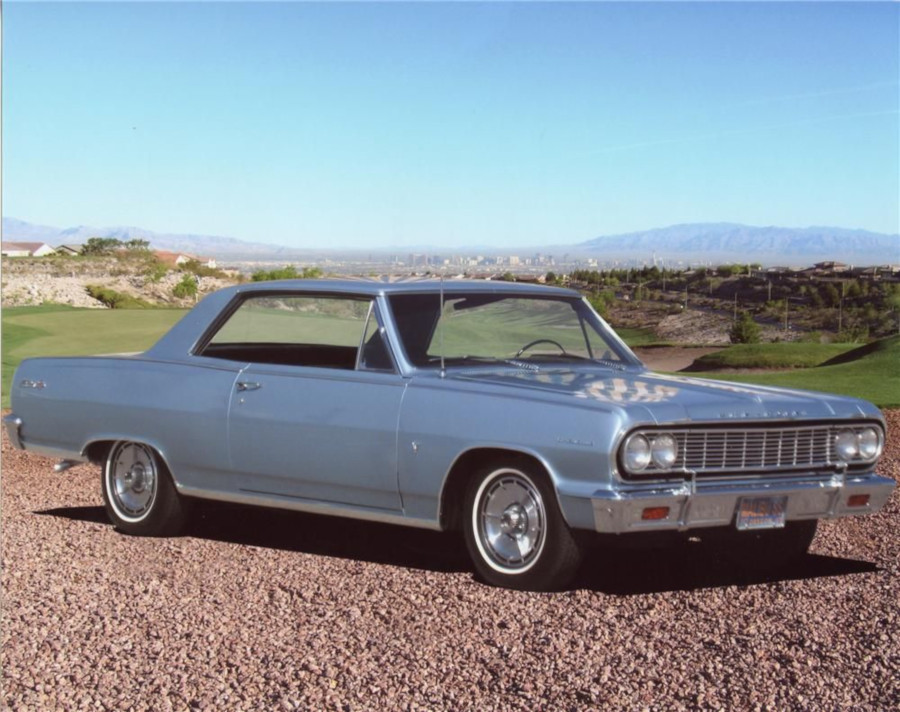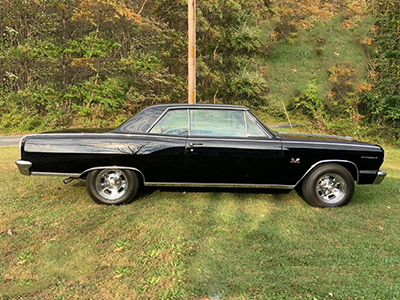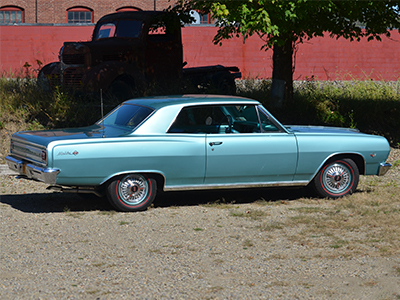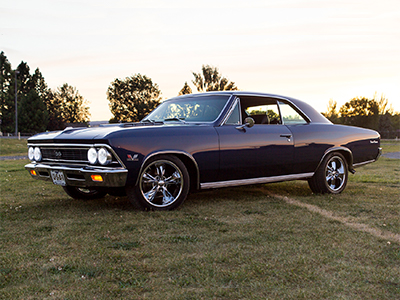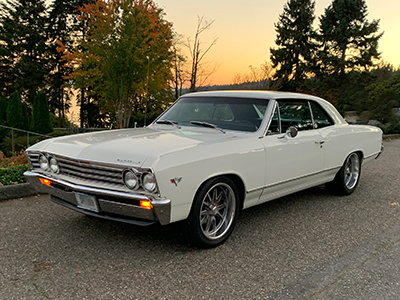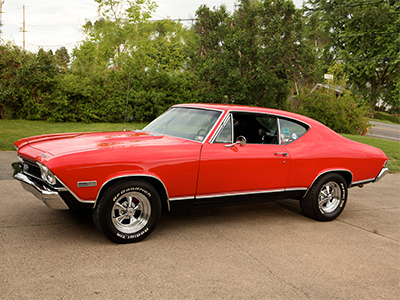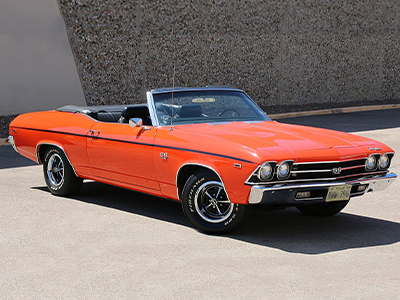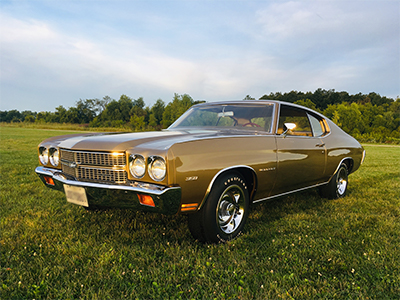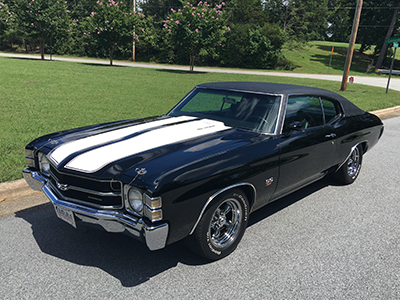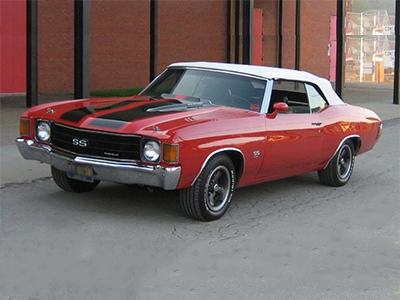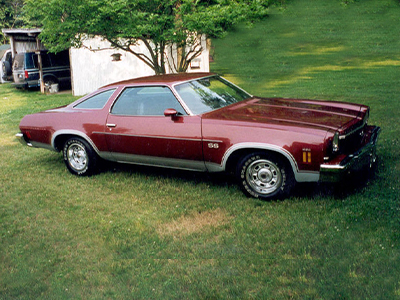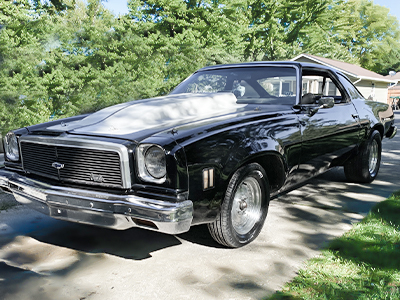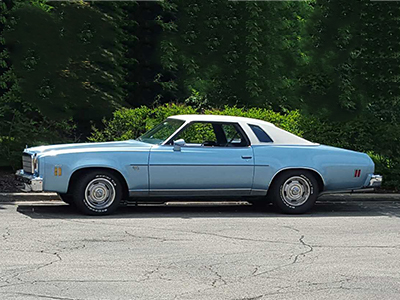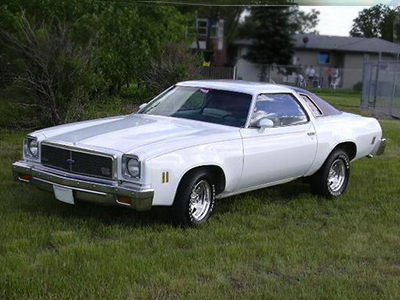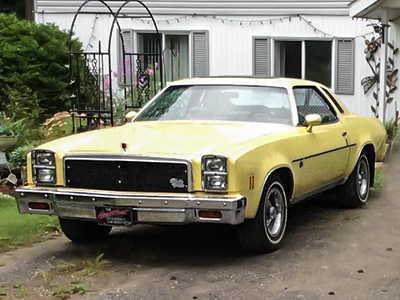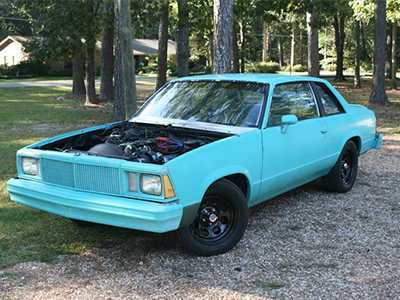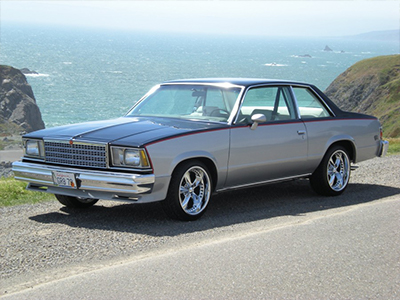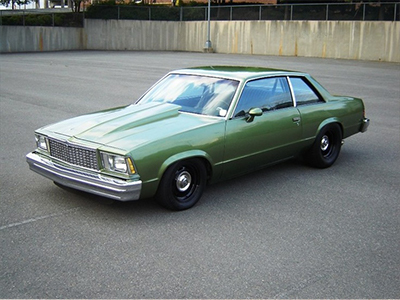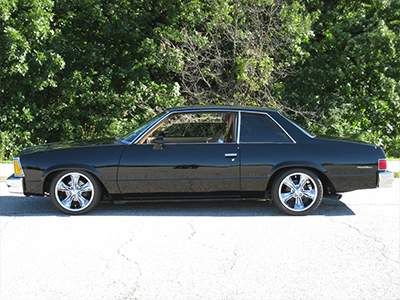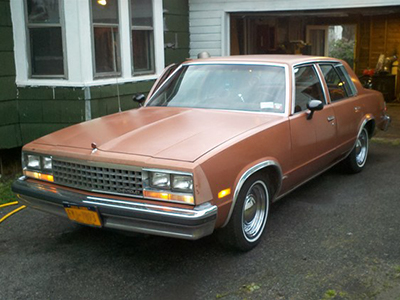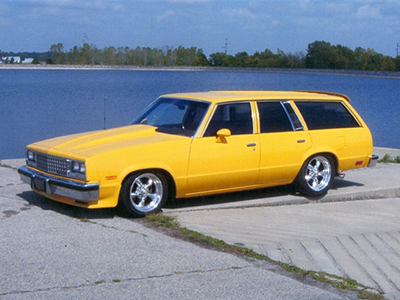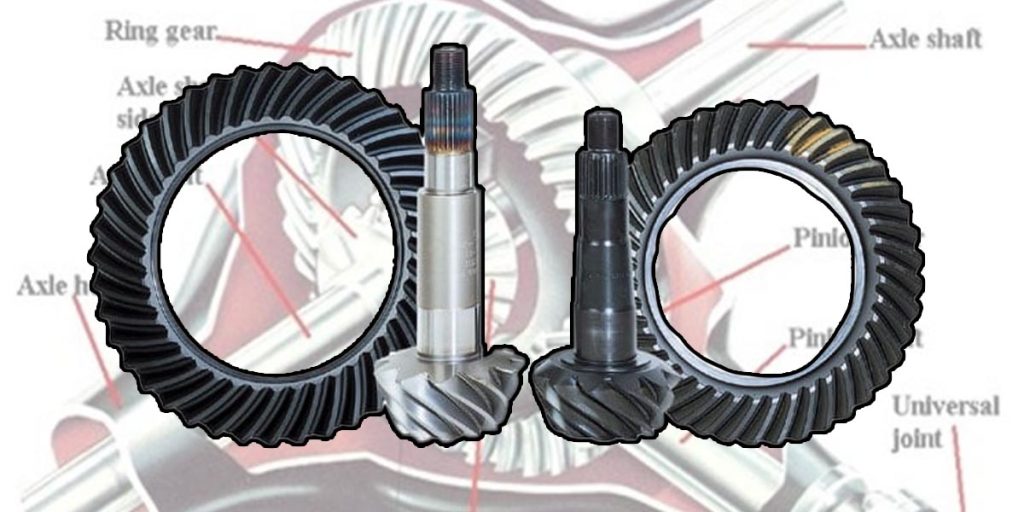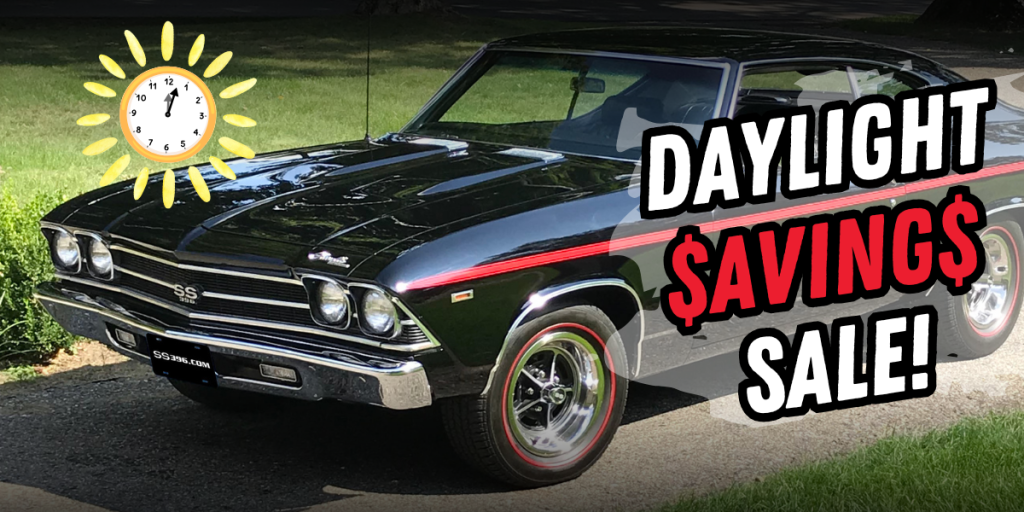The Chevrolet Chevelle is a classic American muscle car that was produced by General Motors under the Chevrolet brand. It went through several generations during its production run, each with its own distinct features and characteristics. Let’s take a look at each generation of Chevelle.
Remember that if you need any parts for your 1964-1977 Chevelle, hop on SS396.com for a full line of Chevelle restoration parts!
First Generation Chevelle (1964-1967)
The first-generation Chevrolet Chevelle was introduced in 1964 and remained in production until 1967. It was built on General Motors’ A-body platform. The initial lineup included a variety of body styles, including two-door coupe, four-door sedan, convertible, and station wagon. The Chevelle offered a range of engine options, from inline-six engines to potent V8s. This generation featured clean, sleek lines and became an instant success due to its combination of style, performance, and affordability.
In 1964, a Super Sport was just a trim package – in fact you could have a 1964 SS with a straight-six under the hood! However, in 1965 is when they released a limited amount of 396 cubic-inch SS Chevelles, dubbed the “Z16” package. These Z16 Chevelles are ultra rare and highly sought after cars.
Notably, in 1966, Chevrolet introduced the 396 cubic-inch engine as a standard part of the SS (Super Sport) package, which further enhanced the Chevelle’s performance capabilities. The SS package included various performance upgrades, such as more powerful engines, heavy-duty suspension, and distinctive exterior styling elements.
1964-1967 Chevelle Information
Second Generation Chevelle (1968-1972)
The second-generation Chevrolet Chevelle debuted in 1968 with a more aggressive and muscular design. The car’s dimensions were slightly larger than the previous generation, and had a ‘fastback’ style to them.
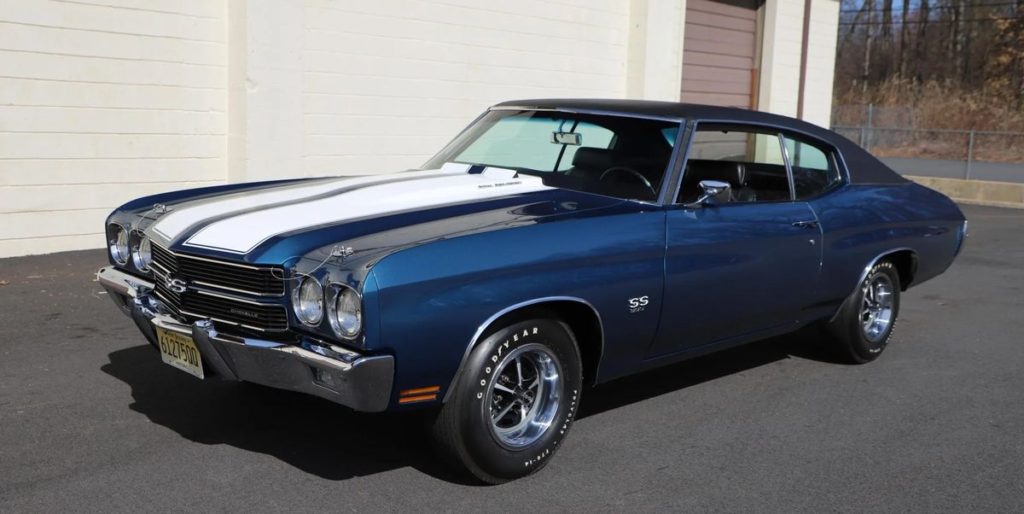
Most notably in the second generation is the 1970 Chevelle SS 454 LS6. The LS6 was the most powerful engine option available for the 1970 Chevelle SS. It featured a monstrous 454 cubic-inch (7.4-liter) V8 engine, and it’s widely regarded as one of the most potent engines of the muscle car era. The LS6 was capable of producing 450 horsepower and a staggering 500 lb-ft of torque, though some sources suggest it could have been underrated by Chevrolet for insurance and emission reasons. The engine’s power and performance made it a force to be reckoned with on the streets and drag strips of the time.
Throughout the second generation, Chevrolet continued to refine the Chevelle’s design and performance, offering a wide array of engine choices, ranging from small-block V8s to the mighty 454 cubic-inch V8 in the later years.
1968-1972 Chevelle Information
Third Generation Chevelle (1973-1977)
The third-generation Chevrolet Chevelle was introduced in 1973, and it marked a significant departure from the muscle car era. Due to changing emission regulations and fuel economy concerns, the Chevelle’s engines were detuned for reduced horsepower and performance. This generation featured a more prominent grille and a bulkier design.
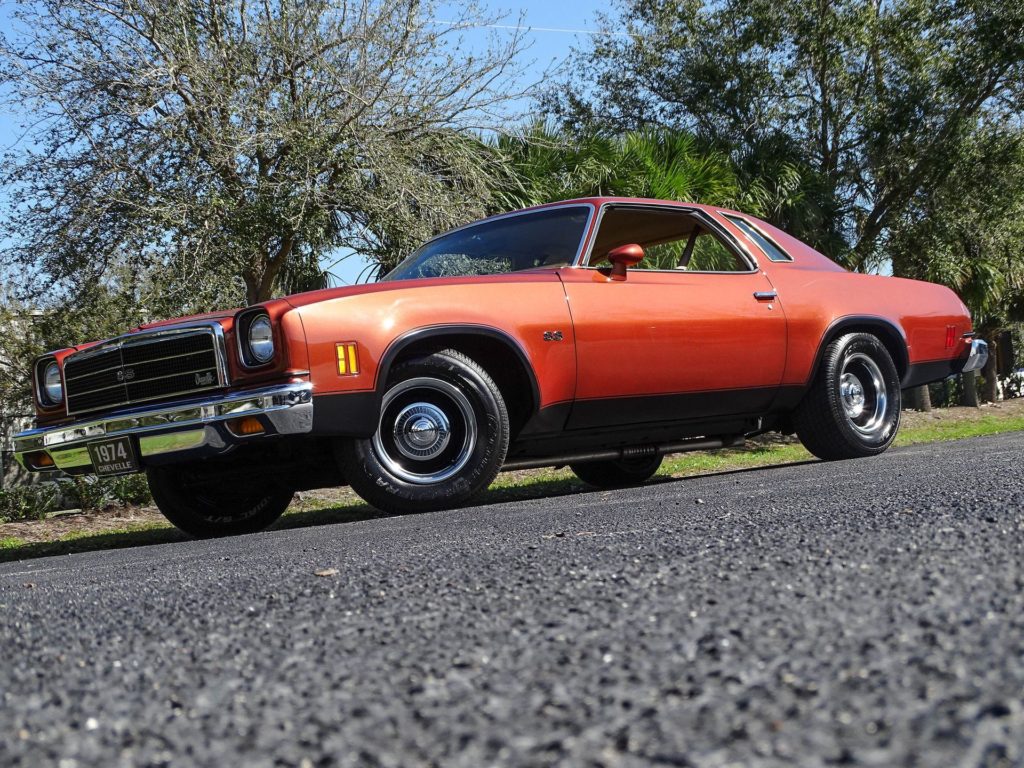
While the third-generation Chevelle was not as revered for its performance as its predecessors, it still offered various body styles and trim levels to cater to a broad range of customers. The Chevelle Malibu and Chevelle Laguna were among the popular options during this era.
1973-1977 Chevelle Information
Fourth Generation Chevelle (1978-1983)
In 1978, the Chevelle nameplate was discontinued in the United States, and the vehicle was rebranded as the Chevrolet Malibu. However, it continued to be sold as the Chevrolet Chevelle in some international markets, particularly in South America.
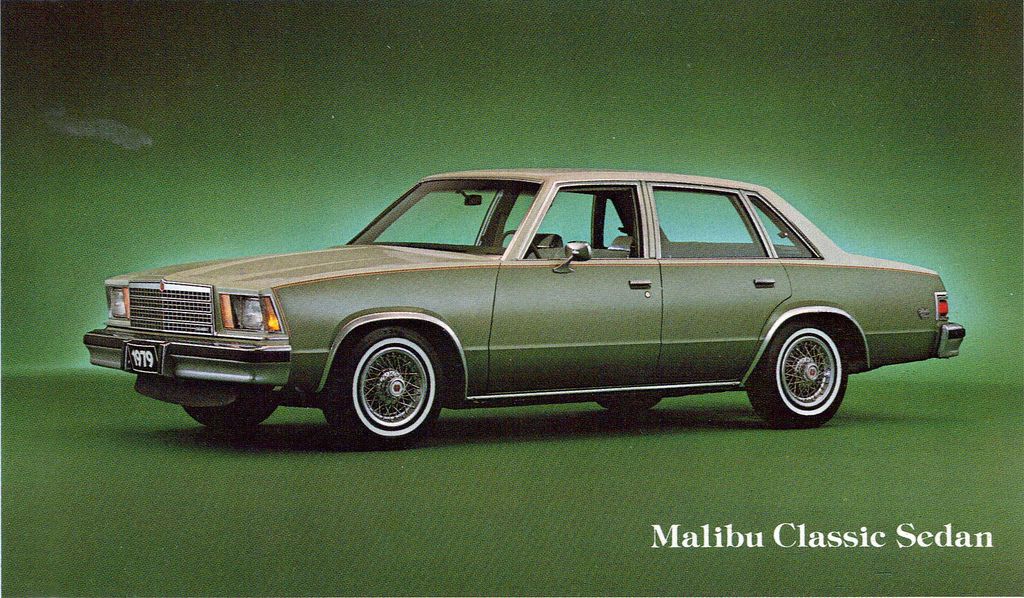
The fourth-generation Chevelle, sold as the Chevrolet Malibu in the U.S., featured a more modern and streamlined design, with improved fuel efficiency. It was available in various body styles, including two-door coupe, four-door sedan, and station wagon. However, the performance aspect that characterized the earlier Chevelles was not as prominent in this generation.
1978-1983 Chevelle/Malibu Information
The Chevrolet Chevelle holds a special place in automotive history, particularly among muscle car enthusiasts. Its various generations captured different eras of automotive design and performance, leaving a lasting legacy in the hearts of car enthusiasts worldwide.

